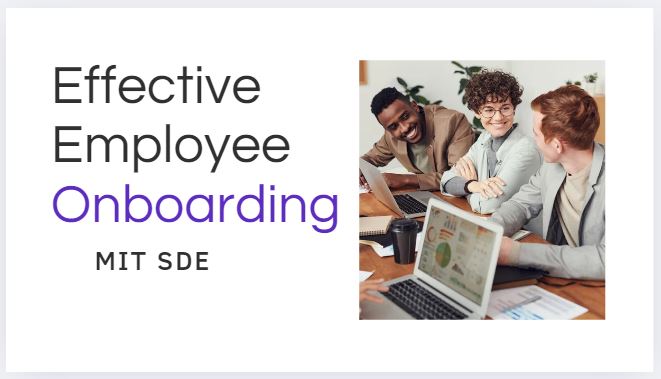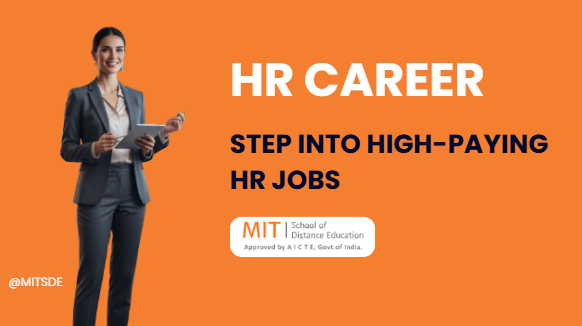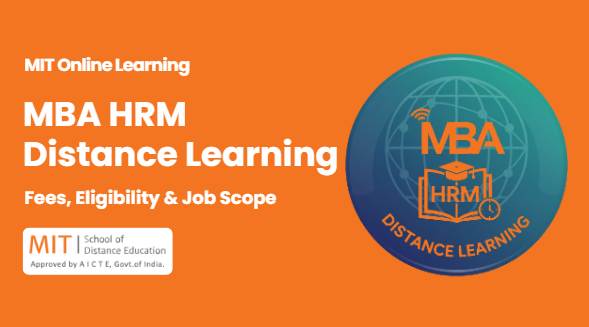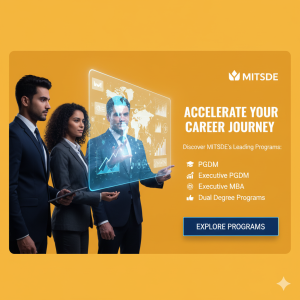
Effective employee onboarding is one of the most impactful HR functions, especially when aiming to retain talent, boost productivity, and build a cohesive company culture. Onboarding shapes a new employee’s initial experiences and sets the tone for their journey in the organization. If you’re in HR or pursuing a PGDM HRM, postgraduate diploma in HR management, or executive postgraduate diploma in human capital, understanding effective onboarding practices is crucial.
Here’s a step-by-step guide to creating an effective onboarding program, including insights for HR professionals and students enrolled in the best distance PGDM HR courses.
1. Start Onboarding Before Day One
Begin onboarding before an employee’s official start date. This might include sending a welcome email, an overview of the company culture, and pre-arrival paperwork to ease the first-day burden. This “pre-boarding” step can make employees feel valued and excited to join, aligning them with the organization’s goals from the start.
Key takeaway: This approach is emphasized in courses like the PGDM Human Resource Management program, which prepares HR professionals to create strategic, employee-centered onboarding.
2. Develop a Comprehensive Orientation Program
Orientation introduces new hires to the company’s mission, vision, values, and structure. Use a mix of live sessions, presentations, and resources that can be referred back to, ensuring a well-rounded experience. If you’re pursuing an online PGDM in Human Resource Management at a reputable institution like MIT School of Distance Education (MITSDE), you’ll learn to create tailored orientation programs that promote alignment with organizational values.
Example: MITSDE’s PG Diploma in HR curriculum covers this by emphasizing employee engagement and talent management strategies to strengthen orientation programs.
3. Provide Clear Role Definitions and Expectations
New employees should receive clear guidance about their roles and responsibilities. This helps avoid confusion and aligns expectations between the employee and their team. Discuss short-term goals and provide documentation on job responsibilities and performance metrics. Defining these expectations early is essential for effective onboarding, as taught in online education programs in Pimpri Chinchwad, like MITSDE’s HR courses.
4. Implement a Mentorship or Buddy Program
Pairing new hires with a mentor or “buddy” allows for easier adjustment. Mentors answer questions, provide insights into company culture, and foster relationships. Having a go-to person helps new employees integrate and build connections, which can reduce turnover and promote long-term retention.
5. Focus on Continuous Learning and Development
Effective onboarding is not limited to the first week or month; it should be a continuous process. Provide new employees with resources, online courses, and training modules to help them develop in their roles. In executive postgraduate diplomas in human capital management, the importance of ongoing development is emphasized, highlighting the need for structured, continuous learning.
Tip: Enrolling in PGDM HR courses, like those offered through MITSDE, can enhance HR professionals’ knowledge on crafting and implementing continuous learning plans within onboarding.
6. Utilize Technology for Efficient Onboarding
Today, many onboarding processes are conducted digitally, especially in remote or hybrid work settings. Using HR software to track progress, set up meetings, and share necessary resources keeps the onboarding process organized and scalable. Digital onboarding tools ensure that both remote and in-office employees have access to consistent information and support.
Programs like MITSDE’s best distance PGDM HR courses offer insights on leveraging HR technology for efficient onboarding, making them ideal for HR professionals seeking expertise in managing online onboarding experiences.
7. Gather Feedback and Continuously Improve the Onboarding Process
Feedback is essential to improve your onboarding process. After a new employee’s first 30, 60, or 90 days, ask for feedback on their experience. Use this information to refine and enhance the onboarding program. HR programs such as the PGDM in Human Resource Management at MITSDE often cover effective feedback techniques that help you gauge the success of onboarding initiatives and make necessary adjustments.
8. Build a Strong Company Culture from Day One
Introduce new hires to the values and culture of the company. Host a meet-and-greet session with other teams, arrange team lunches, or host virtual meetings to foster a sense of belonging. When employees feel connected to the company culture, they are more likely to engage and commit to their roles.
In a postgraduate diploma in HR management, understanding the role of company culture in onboarding is crucial, as it helps new employees integrate smoothly. Through programs like MITSDE’s online PGDM Human Resource Management courses, HR students and professionals can deepen their knowledge of fostering a positive workplace culture.
Final Thoughts
Conducting an effective onboarding process is critical for employee satisfaction, engagement, and retention. Whether you’re a current HR professional or a student in an online PGDM Human Resource Management program, these best practices will empower you to implement impactful onboarding experiences. By enrolling in programs like MITSDE’s PGDM HR course, you can gain a competitive edge in HRM, mastering essential skills to enhance the onboarding process and drive organizational success.
For HR professionals in Maharashtra regions like Pimpri Chinchwad, Nagpur, and beyond, MITSDE offers one of the best distance PGDM HR courses, equipping you with the expertise to execute effective onboarding programs and transform organizational success.




